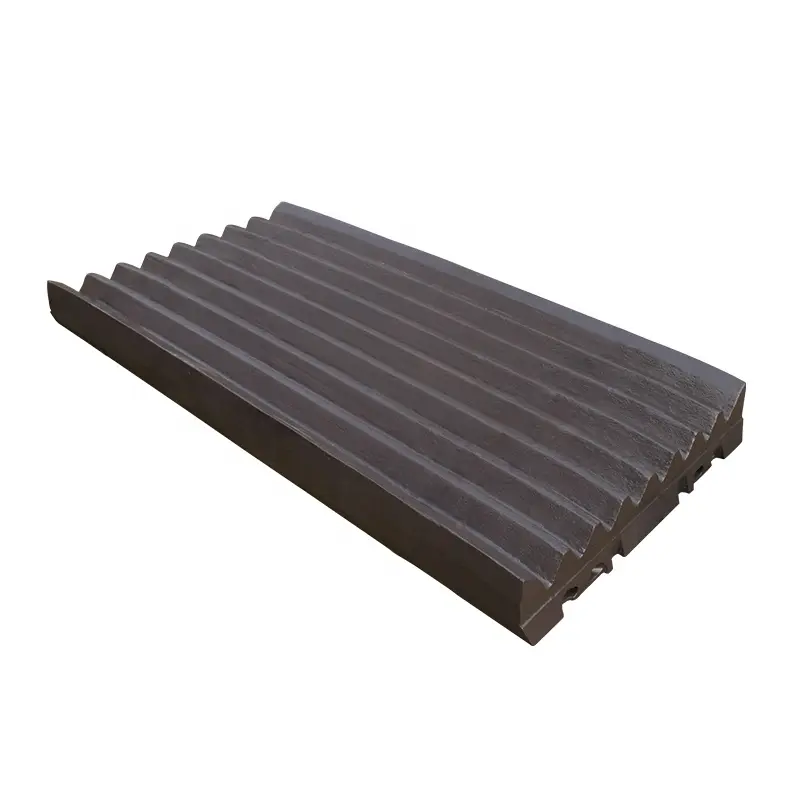Bucket teeth: the "sharp edge" of construction machinery
Excavator bucket teeth, as a key part of the excavator working device, are like the "sharp edge" in the field of construction machinery, and play a vital role in all kinds of excavation operations. It is directly in contact with soil, rock and other materials, and is responsible for scoveling, crushing and sending the materials into the bucket of the excavator, which is a strong guarantee for the efficient operation of the excavator.
First, the structure and material of the bucket teeth
The structure design of excavator bucket teeth is exquisite, which is usually composed of three parts: crown, handle and seat. The tooth crown is the front part of the bucket tooth, which is sharp and used for directly inserting and crushing materials; The handle connects the crown of the tooth and the seat of the tooth, and plays the role of supporting and transmitting force. The tooth seat is installed in the front end of the excavator bucket, which is the connection part of the bucket teeth and the bucket, to ensure that the bucket teeth are firmly fixed on the bucket.
In the material selection, the bucket teeth are mostly made of alloy steel or special steel with high strength and high wear resistance. These materials undergo special heat treatment processes, such as quenching, tempering, etc., so that the bucket teeth have excellent hardness and toughness. Hardness ensures that the teeth can easily penetrate hard rock and soil during excavation, while toughness makes the teeth less likely to break when subjected to shock and vibration, thus extending their service life.
Second, the classification and application scenarios of bucket teeth
According to the type of excavator and the specific needs of excavation operations, bucket teeth have a variety of different classifications. According to the shape can be divided into sharp teeth, flat teeth and waveform teeth. The sharp teeth are suitable for digging harder rocks and frozen soil, and their sharp shape can effectively insert and break materials; The flat tooth is suitable for digging soft soil and sand, and its flat tooth surface is helpful to improve the digging efficiency. Waveform teeth are between sharp teeth and flat teeth, which are suitable for a variety of soil conditions and have good adaptability.
In addition, the bucket teeth can also be divided into replaceable and fixed according to the installation method. The replaceable bucket teeth can be easily replaced when the wear is serious, which is suitable for high-intensity and high-frequency excavation operations, and can reduce maintenance costs; The fixed bucket teeth are integrated with the bucket, the structure is more stable, and it is suitable for some special working conditions.
Third, wear and maintenance of bucket teeth
In the process of excavation, bucket teeth will inevitably suffer wear. The wear mainly occurred in the crown of the tooth, which showed that the tooth tip became blunt and the tooth surface appeared grooves. The reasons for wear include the hardness of the material, the impact force during excavation, the friction force and the material of the bucket teeth themselves. Severe wear of the bucket teeth will reduce the excavator's mining efficiency, increase the digging resistance, and even lead to the bucket teeth falling off, affecting the safety of the operation.
Therefore, it is essential to carry out regular inspection and maintenance of bucket teeth. The operator should often check the wear of the bucket teeth and clean the soil and debris on the tooth surface in time to reduce friction and corrosion. When the bucket teeth wear to a certain extent, the new bucket teeth should be replaced in time to ensure the normal operation of the excavator. At the same time, reasonable adjustment of the excavator's working parameters, such as digging Angle, digging speed, etc., can also effectively reduce the wear of the bucket teeth.
Fourth, the development trend of bucket tooth technology
With the progress of science and technology and the continuous development of excavator technology, the design and manufacture of bucket teeth are also constantly innovative. On the one hand, the application of new materials has further improved the performance of bucket teeth. For example, the use of nanocomposite materials or ceramic coatings can significantly improve the wear resistance and impact resistance of bucket teeth. On the other hand, the application of intelligent technology has also brought new opportunities for the development of bucket teeth. By installing sensors on the bucket teeth, the working state of the bucket teeth can be monitored in real time, such as temperature, pressure, wear degree, etc., and the data is transmitted to the control system of the excavator to achieve intelligent management and maintenance of the bucket teeth.
In short, as a key component of excavator, excavator bucket teeth play an irreplaceable role in excavation operations. Its structural design, material selection, classification application and wear maintenance have an important impact on the performance and efficiency of excavators. With the continuous progress of technology, the performance of bucket teeth will be further improved, and make greater contributions to the development of construction machinery.




